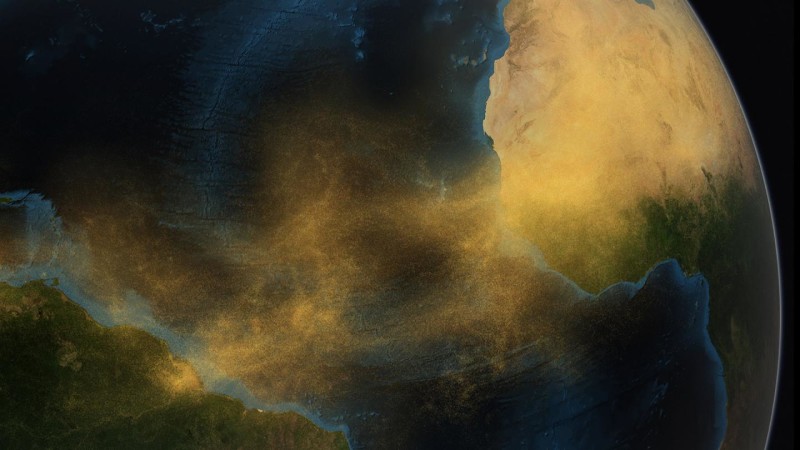The Amazon rainforest receives its fertile phosphorous content from the sands of the Sahara desert. The Geophysical Letters published an article illustrating how different regions of the Earth are connected in unprecedented ways. The findings result from the data collected by NASA’s Cloud-Aerosol Lidar and Infrared Pathfinder Satellite Observation satellite, called CALIPSO. The space agency […]
The Amazon rainforest receives its fertile phosphorous content from the sands of the Sahara desert. The Geophysical Letters published an article illustrating how different regions of the Earth are connected in unprecedented ways. The findings result from the data collected by NASA’s Cloud-Aerosol Lidar and Infrared Pathfinder Satellite Observation satellite, called CALIPSO. The space agency had launched the satellite in 2006 to monitor the vertical cloud-like structures and airborne particles that surround the planet.
For decades, scientists have marveled over natural processes that allow great plumes of sand dust to be carried from the Sahara Desert to rest in the Amazon Basin. The sand particles are carried by the wind from the world’s largest desert to travel thousands of miles over the Atlantic Ocean and eventually be deposited in the Amazon Basin. To monitor the phenomenon, NASA had launched the satellite CALIPSO in 2006. Data collected from the CALIPSO has now helped scientists to estimate the amount of sand transported across the Atlantic.
Remote Sensing of the Environment, a journal, published an article recently that illustrated the University of Maryland’s scientist Hongbin Yu’s estimates. Yu’s analysis suggests that an average of 182 million tons of dust is lifted from the western edge of the desert while 28.8 million tons of it is deposited in the Amazon basin. In another yet more recent article published in the Geophysical Letters, Yu has provided satellite-based figures depicting the phosphorous present in the dust.
Phosphorous promotes plant growth and is a key nutrient for plant growth. Previous research has shown that as much as 90% of the Amazon soil is deprived of the nutrient. The Saharan sand, however, is rich in phosphorous. According to calculations, scientists expect that the Amazon basin gets almost 22,000 tons of phosphorous from the Sahara desert every year, approximately the same amount that gets washed out per year.


Leave a Reply